









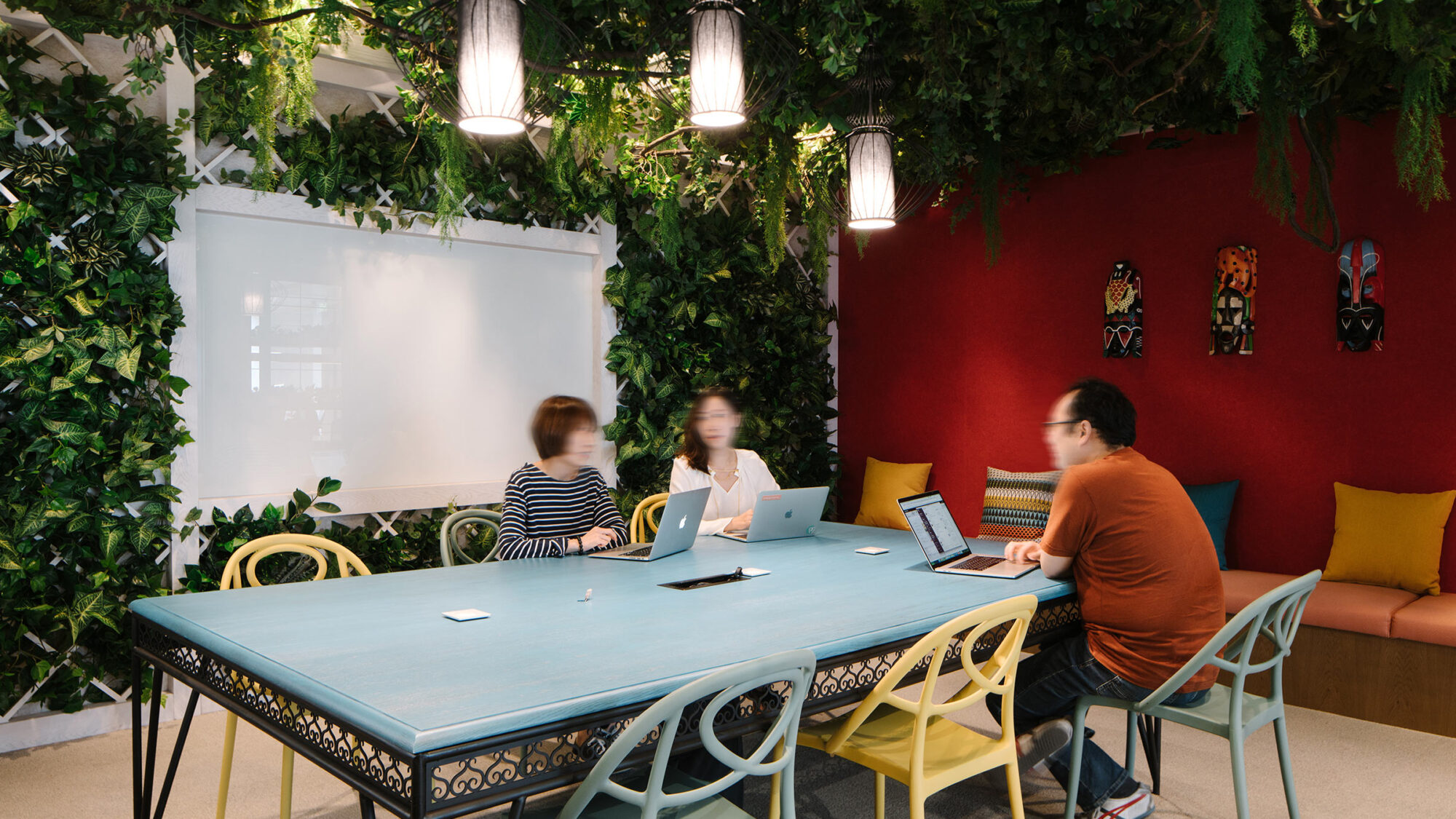
We’ve collected data from global real estate professionals and leaders in client organisations to understand the impact of working from home on business performance and gain insight into how this might shape the future workplace.
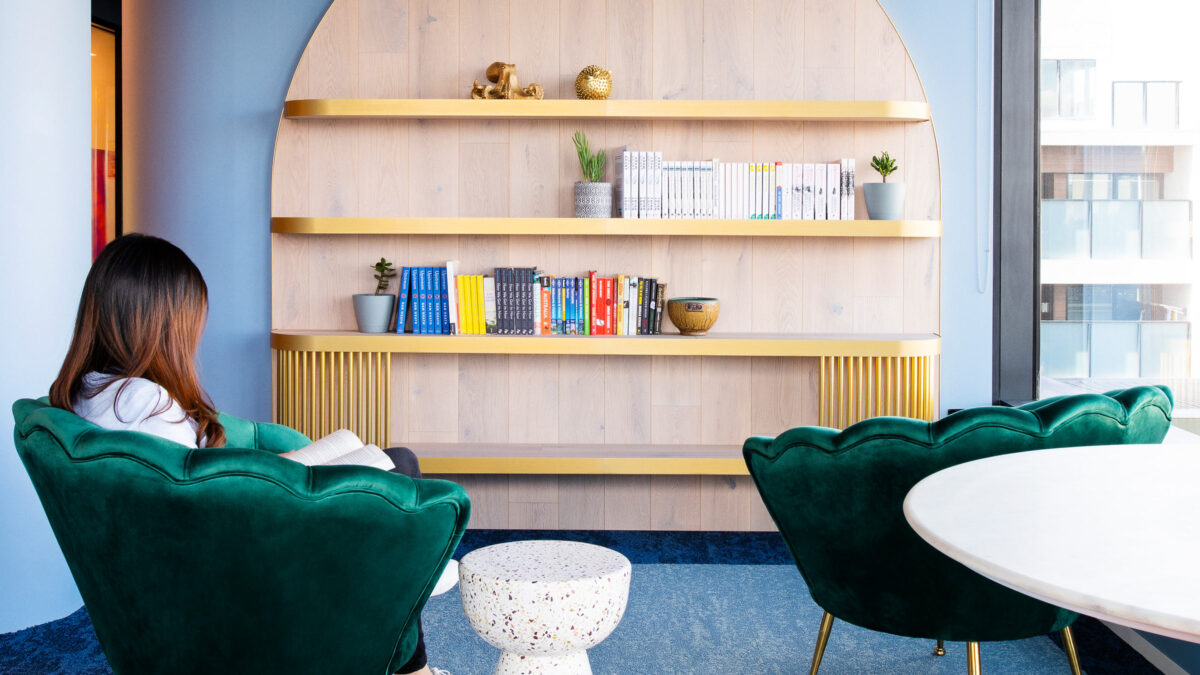
During the COVID-19 outbreak, we collected information from 500+ global real-estate professionals and leaders in client organisations to explore how the pandemic has impacted work and the workplace. We examine how businesses can embrace new waves of change by enhancing flexibility for employees and adopting new technologies.
Our survey highlights that a third of global respondents said their companies did not offer flexible working policies before COVID-19.
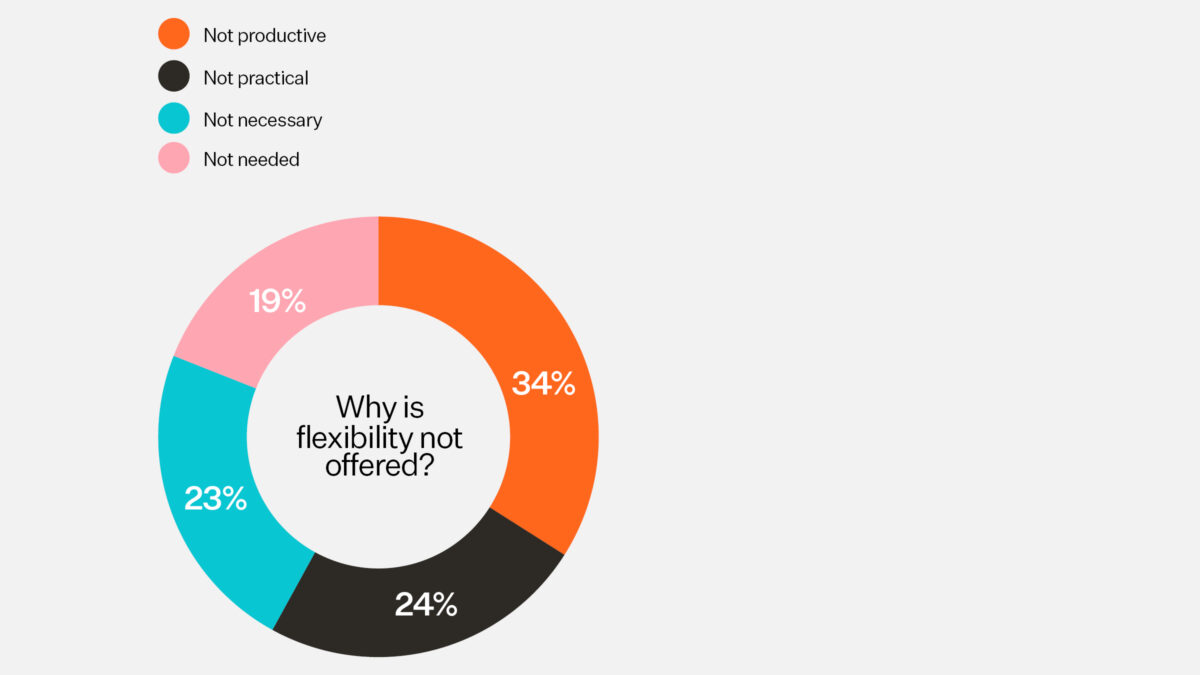
The report data shows that there has been no significant decrease in individual productivity or communication while working from home.
In many cases, this means organisations can no longer argue that increasing flexibility for employees is impractical or unproductive. However, we must remember that the success of working from home benefits from past and present organisational support.
Established relationships and team culture are developed by time together in the workplace. Bigger challenges will be seen with onboarding new people. Most participants recognise that a balance of remote and office working will provide the best of both worlds.
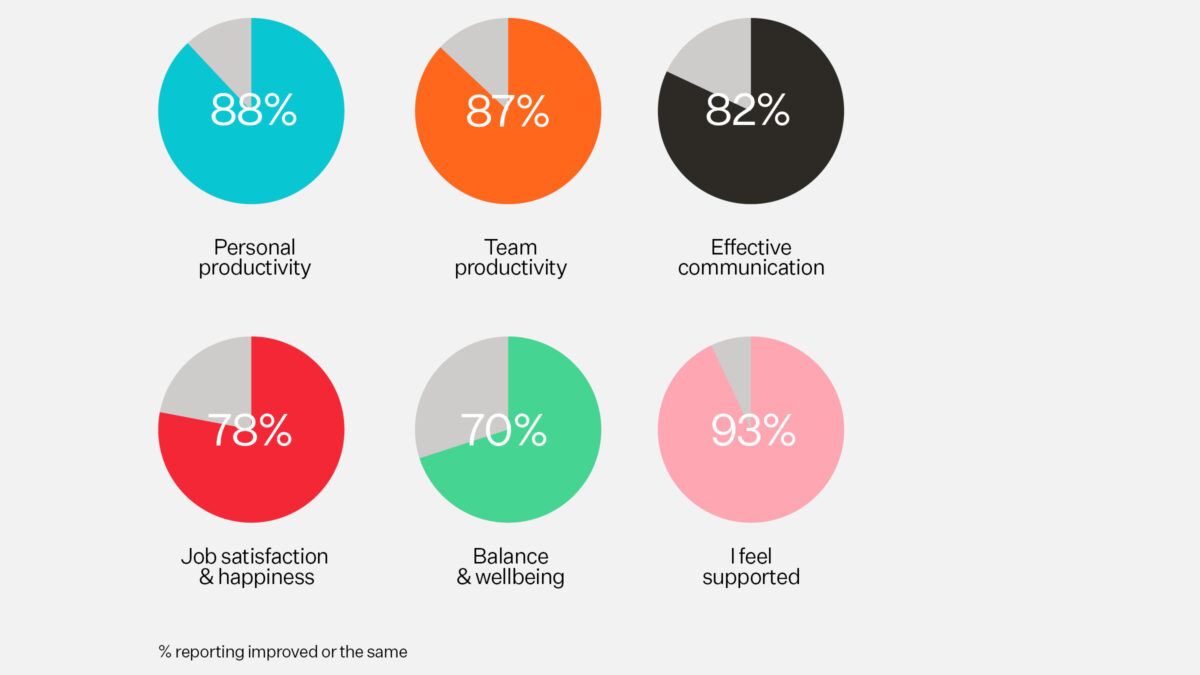
People are more likely to return if the purpose and function of the office is more clearly defined in future. This requires positive culture, empathetic leadership, safe environments and motivating spaces to return to.
An uncomfortable home office set-up was identified as the leading issue for employees. Following this was household or family disruption, especially for those living in high-density housing or shared spaces.
The survey suggests solutions might include:
Despite home comforts, residential spaces are not designed for work, whereas offices are designed as drivers of performance.
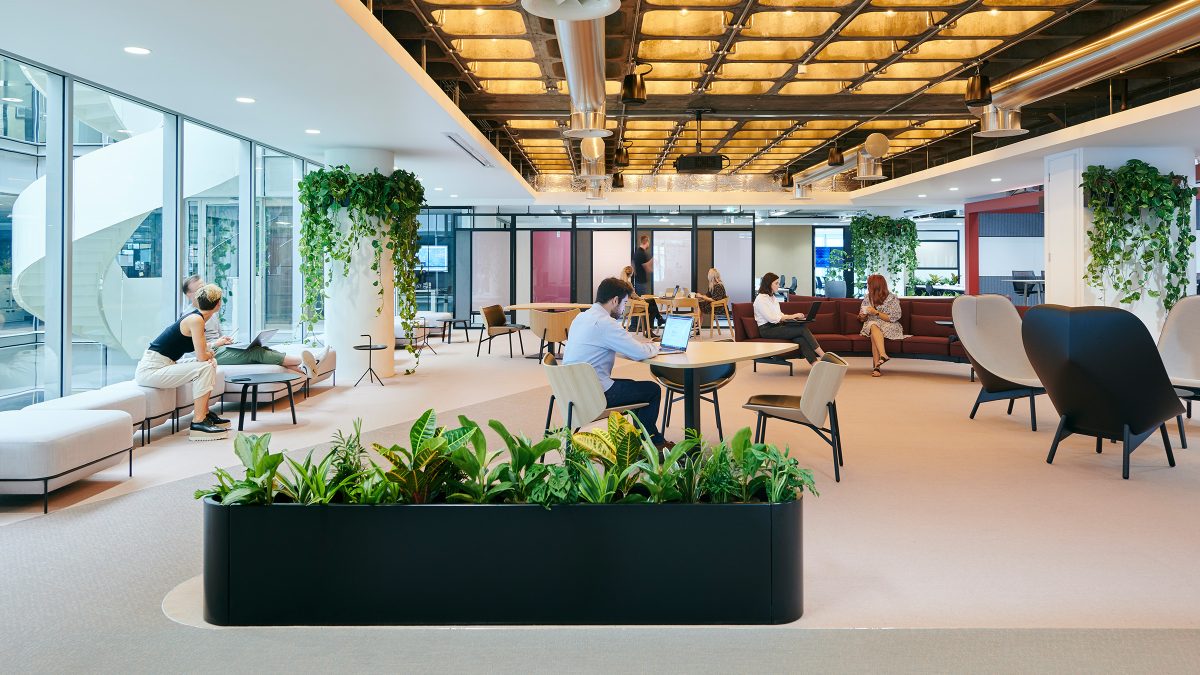
Many businesses may elect to blend remote and office working after lockdown ends, but this won’t appeal to everyone. Some prefer the routine, discipline and camaraderie of the workplace; especially if their living conditions are not supportive.
We have seen high numbers of respondents in Asia wanting to return to the workplace full-time. New options now exist, new solutions have been adopted and each organisation will have to negotiate its own terms with employees.
Increased flexibility is highly desirable, but does not mean people want to work remotely all the time. It means more choice, trust and autonomy in terms of allowing employees to determine where and how they will do their best work.
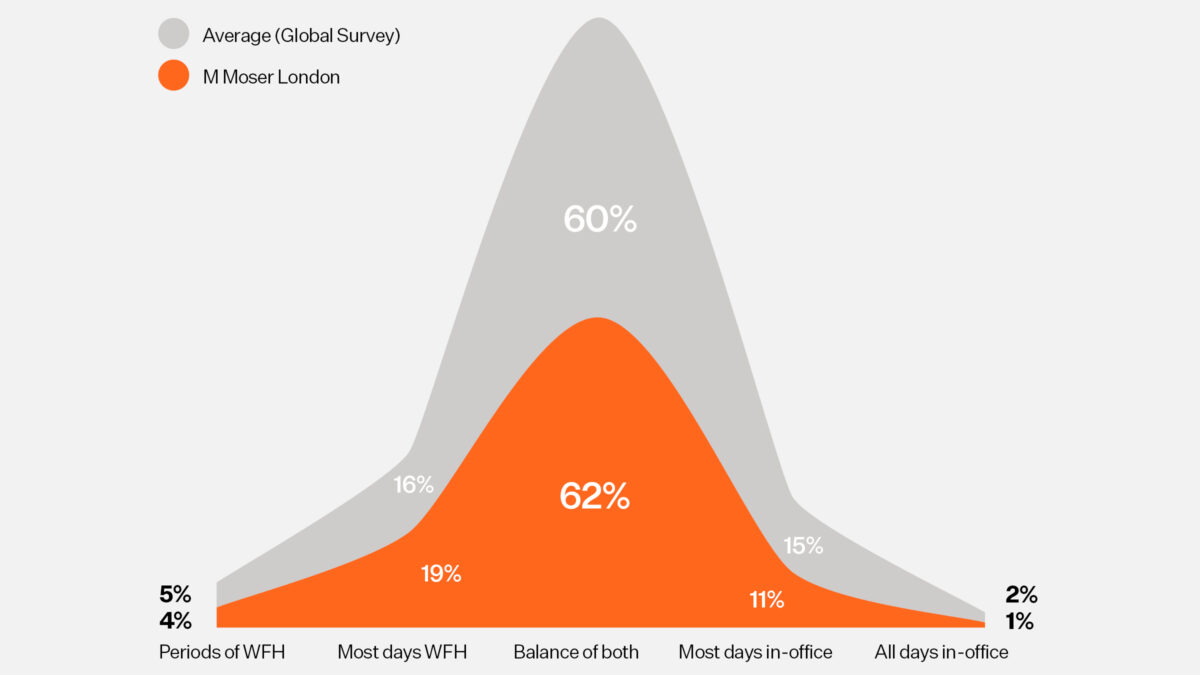
Just because employees feel positive about their experience working from home, it doesn’t mean the future workplace will cease to exist. The home has become a valuable setting for focused worked, but it cannot compete with the community benefits of the workplace.
The change lies in how the workplace will be used. There is no replacement for being together. Businesses should prepare for a shift towards a more collaborative and social setting.
Designing for physical wellbeing has become part of best practice. This year and beyond, interventions and solutions for health and hygiene will prevail. Yet, even in a COVID-secure workplace, we must continue to address mental wellbeing.
By creating workplaces in which people feel psychologically safe, businesses are enabling employees to achieve more and be happier at work. This helps reduce healthcare costs and high turnover associated with stress and burnout.
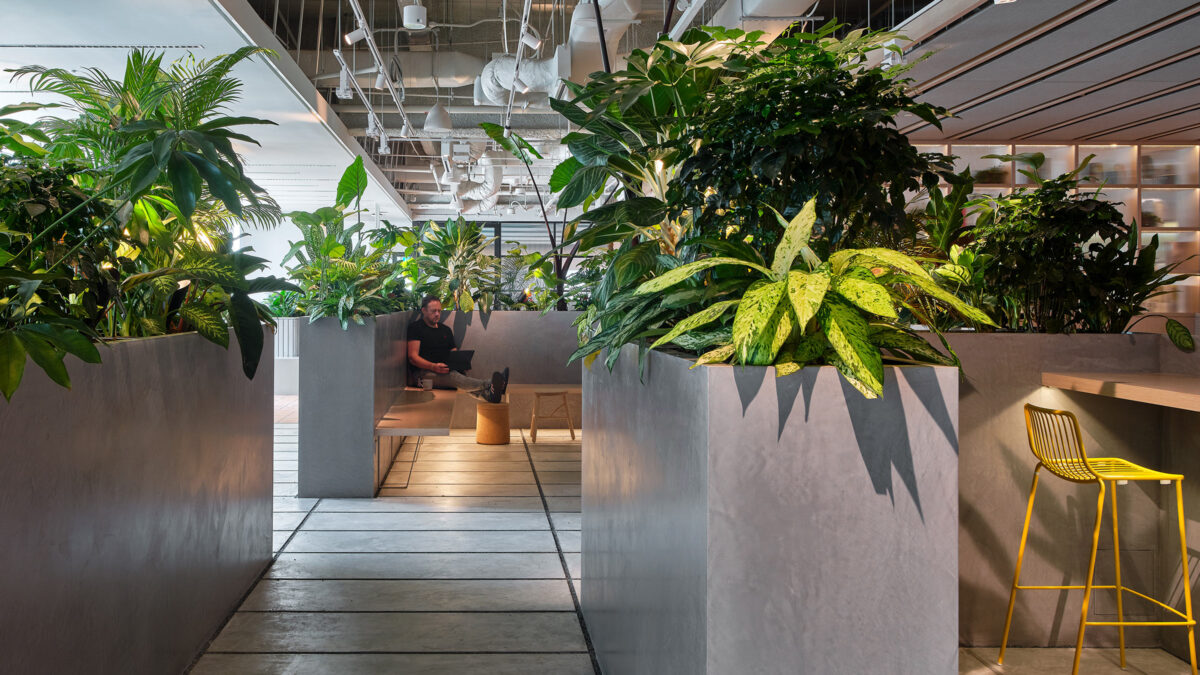
We suggest a two-phased approach to ensure an effective return to the workplace:
Immediate return may require environmental adaptations and change management to keep the office functioning effectively. The primary concern is health, with 42% citing concerns about sharing settings or being in close proximity to others. Those that move swiftly and creatively will benefit from increased loyalty, by carefully consulting with employees and embracing their feedback.
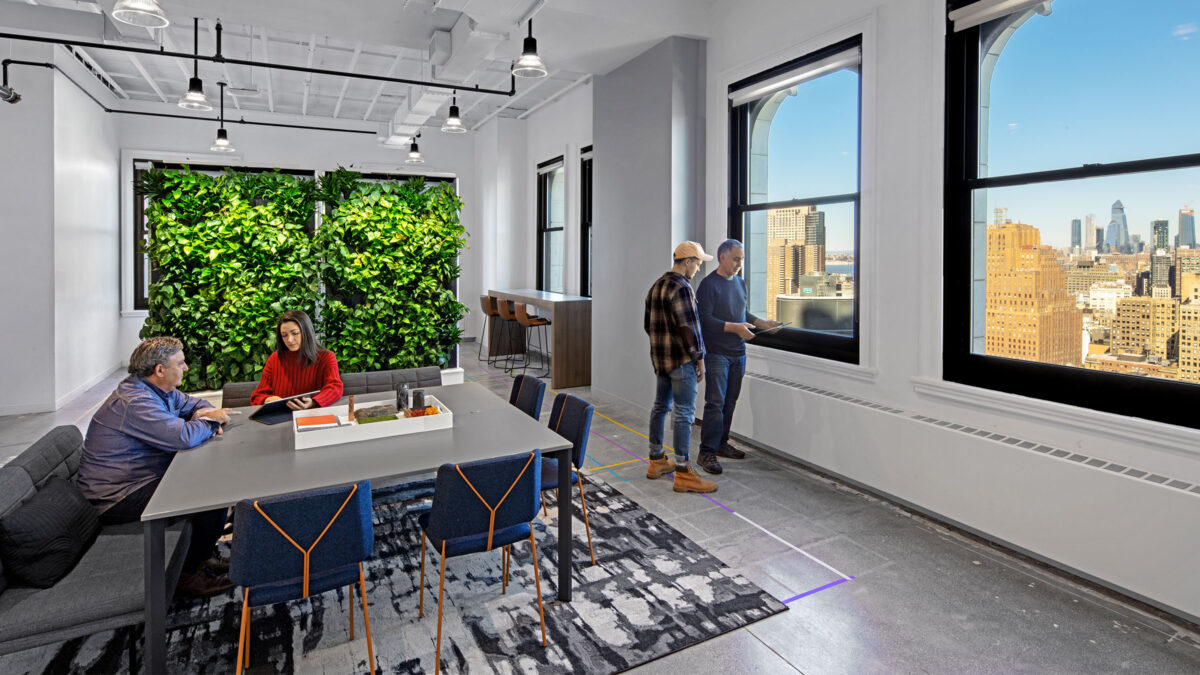
Structures and hierarchies may change. Expectations and attitudes will need to be aired and balanced with new leadership goals, pressures and financial incentives. Nothing will be the same. There will be a period of adjustment and reintegration during which good communication and authenticity will be crucial.
Lockdown has removed some corporate formalities and revealed colleagues in their home and family settings. This promotes intimacy and appreciation of circumstances, which may help strengthen peer relationships.
Group Director
Regional Director
Associate Director, Workplace Strategy and Transformation